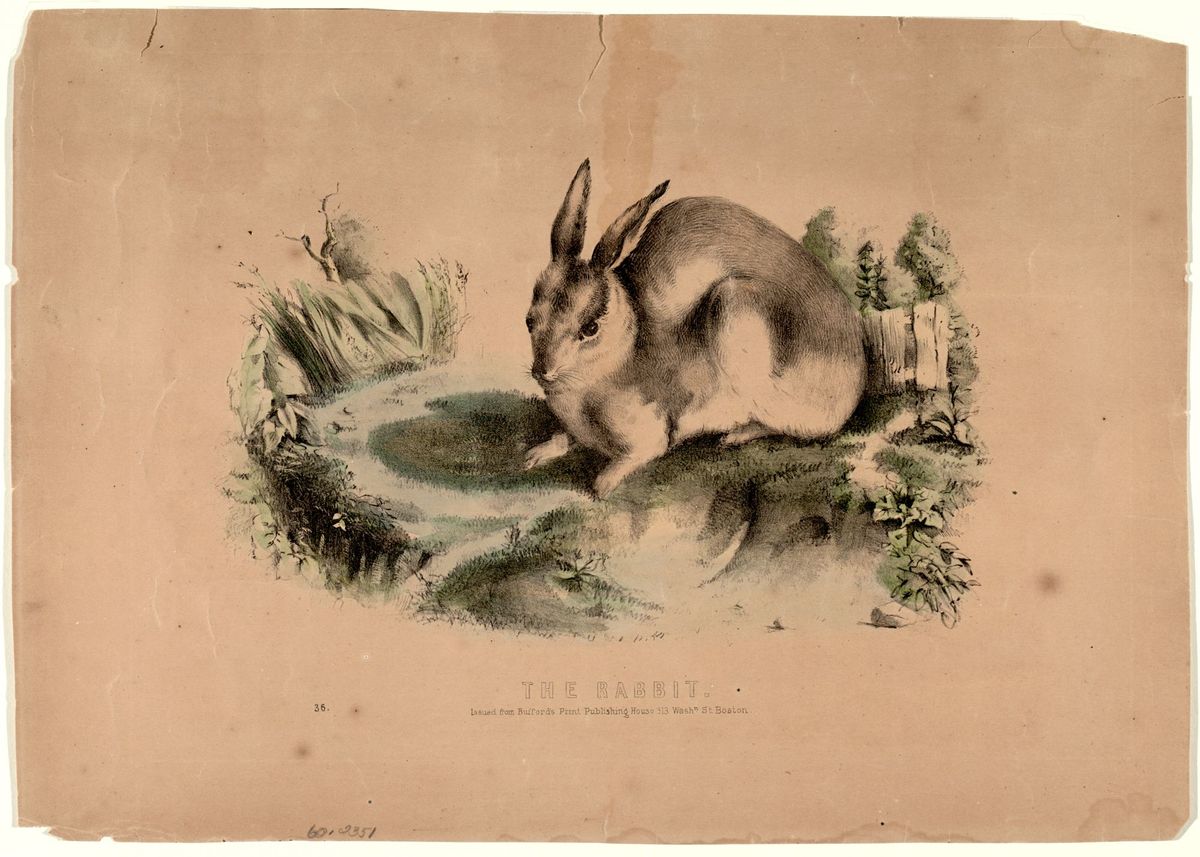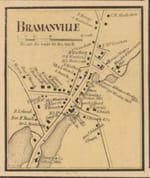I think my favorite part of living in a small town with a rich history is the nearly countless number of rabbit holes you can fall into, and the things you find as a result.
On my laptop, I have a lot of internet browser tabs open, either with research for me or for the column or simply because I crave routine in all facets of my life. They're different than the tabs I always have open all the time on my desktop, which are different from the tabs I always have open on my work computer. I hoard browser windows like I do books; there are never too many and always enough space if you work at it.
One tab I've had open for months on the laptop, I had opened accidentally - The MHC Reconnaissance Survey Town Report for Millbury, put together by the Massachusetts Historical Commission. The document was published in 1984, and provides a pretty interesting read into some of the history of this area. For those of us who are the type to own one of the massive Centennial History of the Town of Millbury, Massachusetts, the history captured within the survey report isn't a ton of new information, but is still a fun presentation and a peek back at our history from a time that, for many of us, feels like history itself.
For those who are less inclined to read a beast of a book, this 15-pager provides a great introduction. For example, from what the survey refers to as the "Contact Period" from 1500-1620:
The area is well watered by Ramshorn Pond and Brook, Singletary Pond and Brook, the Blackstone River, and Dorothy Pond. Each of these can be expected to yield sites, and several have. The area is particularly rich in quarry sites and rock shelters, indicative of the more short-term visits characterizing family and task-based use of upland areas.
C. Subsistence Pattern
Seasonal visits by small bands for the exploitation of waterways for fish in the spring and of uplands for hunting in the winter, and for tool materials from the quarries southwest of the Blackstone.
The prose might not be as flowery as the uplands once were, but it still paints an absolutely beautiful portrait of the area. I know I can visualize what some of the indigenous populations of the area might have created as rock shelters in the area by that single sentence - it's beauty in simplicity.
The political and social science nerd in me especially enjoyed the following entry from the "Federal Period" of 1775-1830:
With incorporation in 1814, population is ca.500, and growth is very rapid, to 926 in 1820 and to 1611 in 1830. Voluntary associations and reform activities came early to the area: a Masonic organization formed in 1797 by Oxford and Sutton drew members from the Millbury area; a temperance society was formed in 1808; a musical society in 1820; followed by the country's first Lyceum in 1826.
The First Society experienced several revivals during the period, and a second was formed in 1827 to accommodate the large population growth. This society began in affiliation with the Presbyterians in order to avoid compulsory parish taxation. The Shakers made a brief appearance in 1793. Both the Methodists and Baptists began organizing within the town.
C. Settlement Pattern
Continued dispersed agricultural settlement, with beginnings of industrial activity on Singletary Brook corridor and at Armory Village (Millbury Center). Shift in population focus away from Old Common which, however, remains the institutional center through the period. Second meeting house built in 1802, and by 1830 perhaps a half-dozen residences cluster nearby. Small secondary nucleation in West Millbury area at Oxford Road/Carleton
Road/West Main Street intersection. Industrial development on Singletary Brook in 1777, with Burbank paper mill; also below the Singletary / Blackstone confluence with establishment of armory in 1808. Growth in Armory Village accelerates after ca.1825 with construction of Blackstone Canal. Residential construction around Main / North Main Street intersection. First Presbyterian (1828), later Second Congregational Church located near intersection on North Main Street.
D. Economic Base
Since the Revolutionary War period, metal working and small mills along the town's streams were an important part of Millbury's economy. A tremendous growth in the town's manufacturing sector occurred during the last two decades of the period, particularly during the 1820s. Stimulated by the quick succession of textile mill openings during the mid 1820s, population nearly doubled between 1820 and 1830. By 1832, the year of the U.S. Treasury Secretary's census of manufactures, nearly one half of the 1,611 men, women, and children then living in Millbury were employed at
least part-time in the well developed and extensive textile, metalworking, and leather industries with annual production valued at more than $700,000.
That number - one half of the men, women, and children - kind of stunned me. What can we do today that gets half of Millbury interested in something. Put another way, more actual people worked at least part time in one of the mills in 1832 than we've likely seen at any town meeting in recent memory in spite of having something like nine times the population. Did 800 people even vote in the last municipal election?
(As an aside, I do love this platform if only because of the ability to do things like highlighting quotes at length like above. We live in the future!)
The document is worth a read, as is the 2007 Department of Conservation and Recreation Millbury Reconniassance Report that built on a lot of the foundation placed back in 1984 (and had a lot of local input as well). But what sent me down the proverbial rabbit hole was an entry in the bibliography that I cannot recall ever hearing about before: The Town of Millbury: A History of Growth, 1913-1963, written by the late Kenneth Botty. The 50-odd page book(let), apparently developed as a supplement to the Centennial History, is apparently extremely rare - the publication exists at the state library, but cannot be lent out via interlibrary loan; whether it exists in the local history room at the Millbury Library remains to be seen.
The few images that exist online via online booksellers suggest a breezier approach than the efforts to create a comprehensive history of the town a half-century earlier. Still, I am forced, for the moment, to imagine some of the highlights in the publication - the positivity expressed about the Fire Department, for example, must extend to other aspects of the town that might even be largely forgotten today.
Someday I'll get my hands on a copy of A History of Growth and share it here, but my motivation in pointing the publication out was because of where the book inadvertently led me. In my frantic research to try and find it online? I tripped up on a 2006 Telegram and Gazette article titled "A toast to Millbury's good health." The piece talked about a wine tasting hosted by the Millbury Women's Club in support of the Millbury Free Health Clinic, and was accompanied by a photograph of all the women involved.
Right up front? My grandmother, Beverly Handfield.
Beverly passed away in 2011, but a lot of her love for the town she grew up in, raised a family in, and grew old in passed onto me. A lot of my efforts in trying to make Millbury a better place are directly influenced by her work in the community - efforts she made almost until she literally couldn't anymore. It's been more than a decade, but I still think about what she might say about this town today and what advice she might be able to share.
But if you told me that a random browser tab would lead me down a rabbit hole that ended with a newspaper article about one of my grandmother's most admirable achievements? I might have called that a little hare-brained. Yes, I'm blessed like many are here to have multiple generations of ancestors who lived here, but it's something truly special to get an unexpected visit because of that rich history.
Jeff Raymond is a nearly 40-year resident of Millbury. My grandmother's free health clinic was housed at the McGrath School, which will be demolished any day now - small town, small world. Email him at jeff.raymond@bramanvilletribune.com. Follow him on Twitter at @jeffinmillbury.


Member discussion: